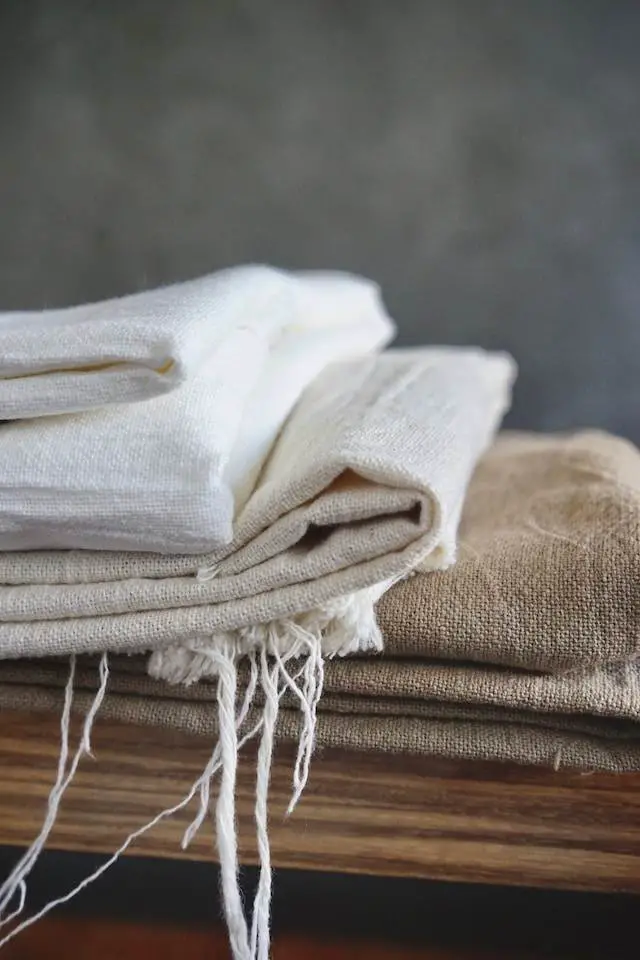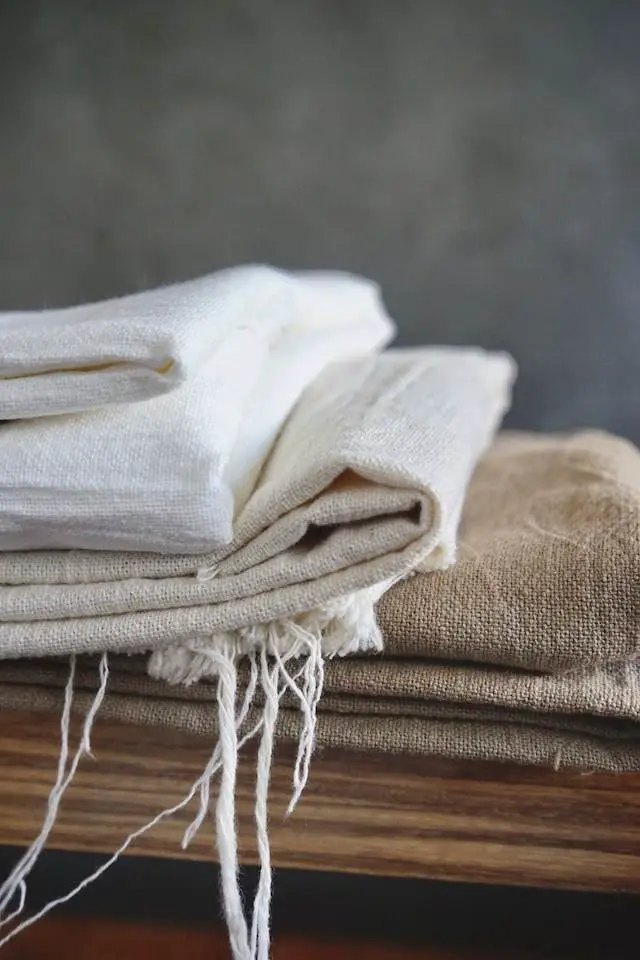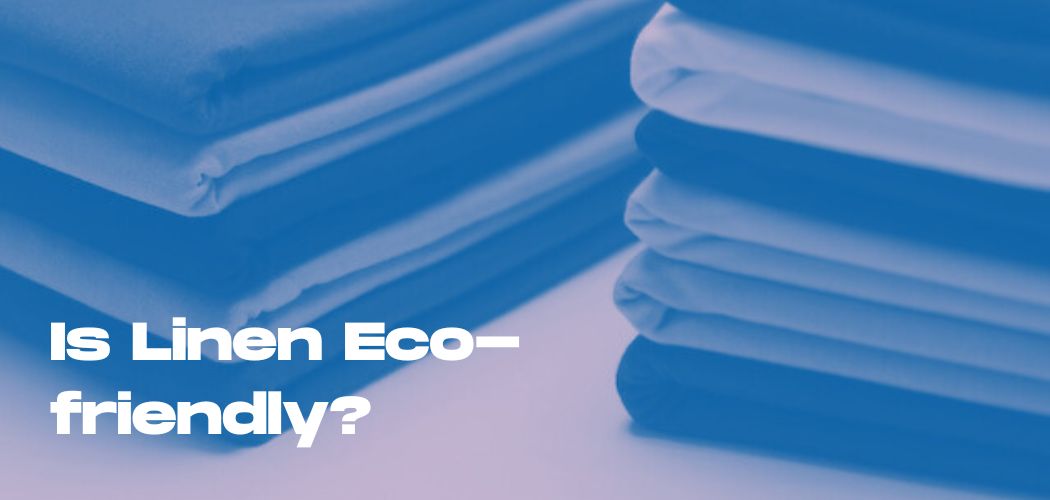Linen is a natural fabric made from the fibers of the flax plant. It is one of the oldest fabrics in the world and has been used for centuries for clothing, bedding, and other textiles.
Linen is considered eco-friendly because it is a sustainable resource that can be grown and harvested without damaging the environment.
In this blog post, we will explore the environmental impact of linen and discuss some of the benefits of using a natural fabric like linen instead of synthetic materials.

Why is Linen Considered Eco-friendly?
Linen is a sustainable resource because it can be grown without damaging the environment. The flax plant is a hardy crop that requires little water and can be grown in a variety of climates.
Linen fabric is also biodegradable, meaning it will break down naturally over time. This makes it a good choice for eco-conscious consumers who want to reduce their impact on the environment.
There are several other benefits to using linen fabric.
Linen is hypoallergenic, making it a good choice for people with allergies or sensitive skin. It is also absorbent and breathable, which makes it ideal for summer clothing.
Linen fabric is also durable and lasting, meaning you won’t have to replace your linen clothing as often as you would with other fabrics.
Is Linen Production Bad for the Environment?
Like any crop, the production of linen can have an environmental impact. However, the impact is much less than that of synthetic materials.
The biggest environmental concern with linen production is the use of pesticides and fertilizers.
However, these chemicals are used sparingly in the flax industry, and most manufacturers have begun to phase out harmful chemicals in favor of more environmentally-friendly methods.
Another issue with linen production is water use. Flax plants require a lot of water to grow, but modern irrigation techniques have reduced this impact.
In fact, many growers now use recycled or rainwater to irrigate their crops.
Overall, the environmental impact of linen production is minimal when compared to other fabrics.
Synthetic materials like polyester require large amounts of energy and water to produce, and they often contain harmful chemicals.
Despite its environmental benefits, some people avoid linen because they believe it is not as durable as synthetic fabrics.
However, linen is actually one of the most durable natural fibers. With proper care, your linen clothing can last for years.
Is linen more eco-friendly than cotton?
Both cotton and linen are natural fabrics, but there is a big difference in their environmental impact.
Cotton is a very thirsty crop, using up to 2700 liters of water per kilogram produced. In contrast, linen requires only 900 liters of water per kilogram.
Another consideration is the amount of energy used in production. Cotton production takes a lot of energy due to the need for irrigation and pesticides.
On the other hand, Linen production is very energy-efficient due to the use of natural dyes and a shorter growing season.
In terms of emissions, cotton emits more greenhouse gases than linen.

Cotton farming accounts for up to 12% of global methane emissions from agriculture, while linen farming via flax plant captures greenhouse gases such as carbon dioxide, thus reducing the greenhouse effect.
So which is the more eco-friendly option? In terms of water usage, linen is the clear winner. It also uses less energy in production, making it a more environmentally-friendly choice.
However, if you are looking for a fabric that is 100% biodegradable, cotton is the better option.
What fabric is most eco-friendly?
It’s a common question with no easy answer.
There are many factors to consider when determining the environmental impact of fabric, including the type of dye used, how the fabric is made, and where it’s sourced.

Natural fabrics like linen, Tencel, and organic cotton are often considered more eco-friendly than synthetic fabrics like polyester.
This is due to their lower environmental impact throughout the entire production process, from growing and harvesting the fiber to manufacturing and shipping.





